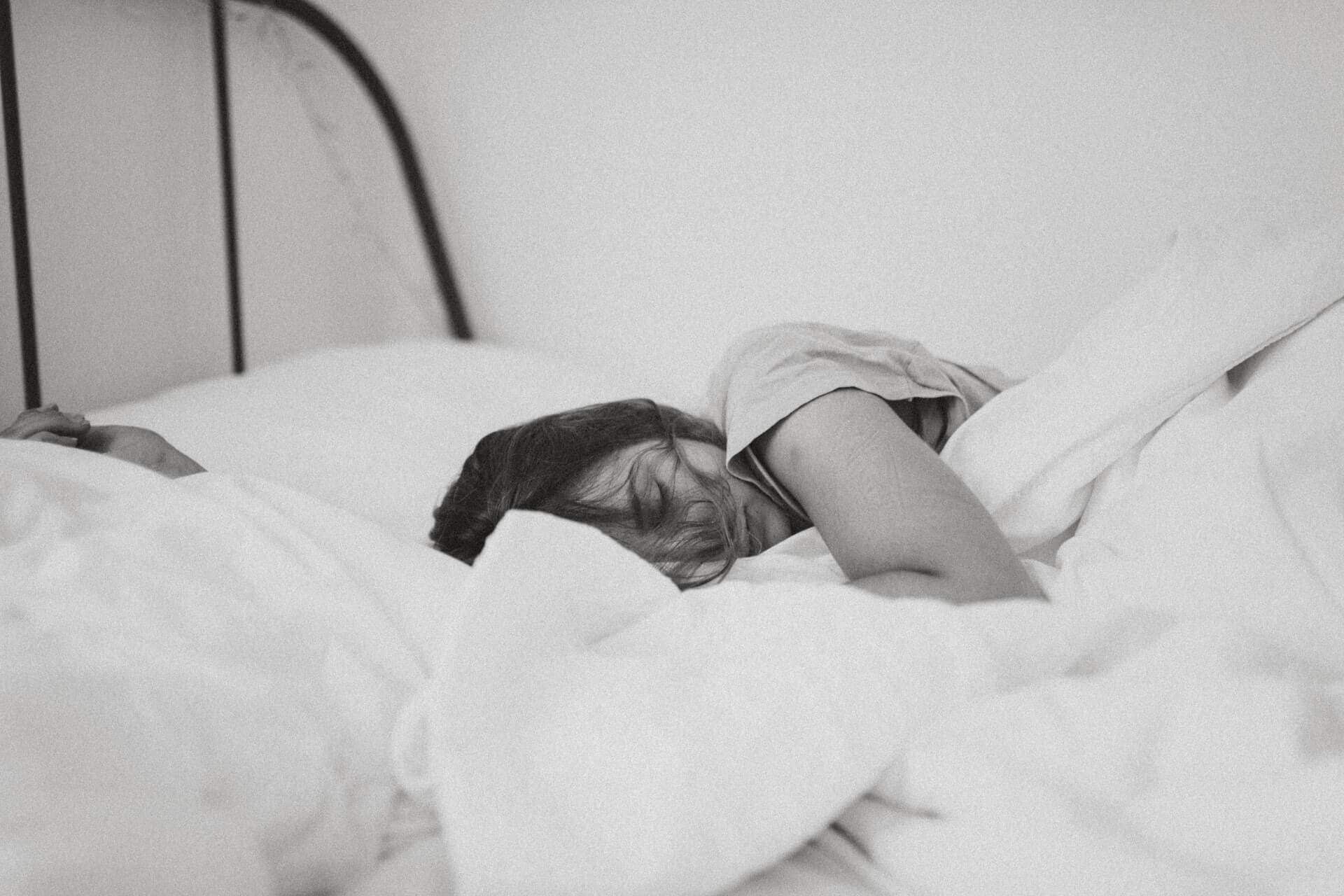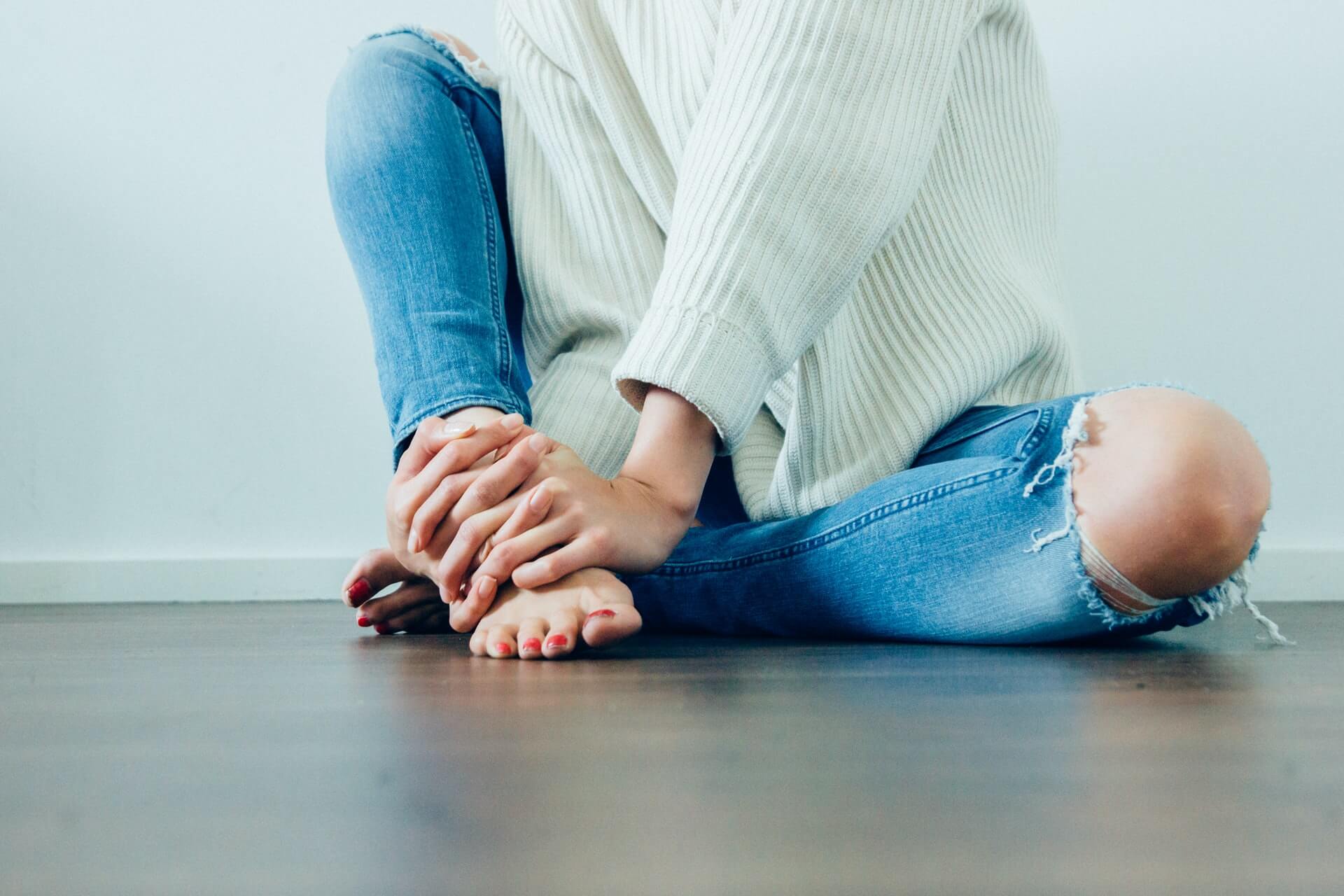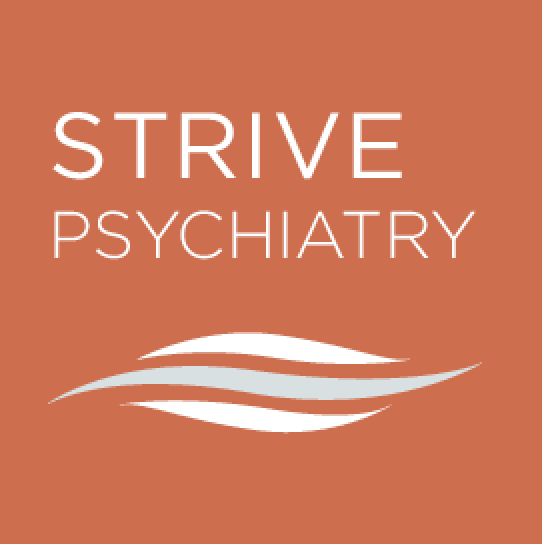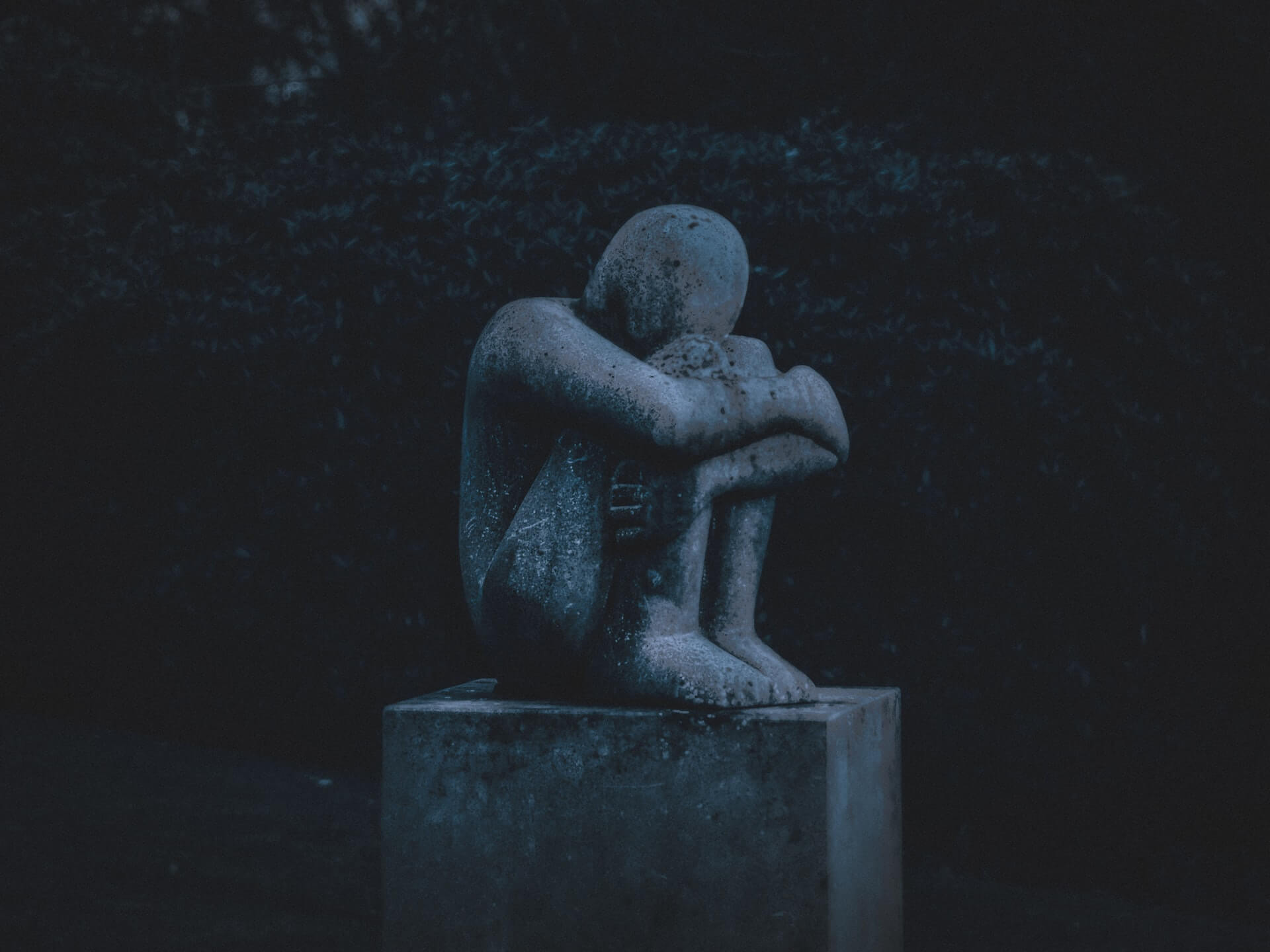How often do we hear the word “Depression” in a day? Really think about it. It is in the news, in conversation, in a blog post – it makes sense that depressive disorders are the second most common mental conditions. We all feel depressed from time to time; it is a normal human experience. At what point does depression go from a fleeting mood to a mental condition? What steps can you take to improve depressive symptoms? The aim of this blog post is to answer these questions and look into the specifics of each type of depression.
Disclaimer: This blog post is meant to be educational, and not intended to diagnose or replace a visit to a mental health professional. If one of these types of depression seems to echo in your life, we encourage you to reach out and get treatment.

Types of Depression
Major Depressive Disorder (MDD)
This is one of the most common types of depression affecting 7.8% of adults and 15.7% of adolescents in the US alone. There are many factors that influence someone’s chances of developing depression including age, socioeconomic factors, illness history, traumatic life events, family history, and substance abuse. Major Depressive Disorder is linked to a reduction in activity in the positive mood centers of the brain and a decreased production of serotonin, dopamine, and other neurotransmitters.
Symptoms
- Excessive sleep or lack of sleep
- Loss of interest or pleasure
- Suicidal thoughts and tendencies
- Feelings of sorrow, emptiness, hopelessness, and isolation
- Slowed speech, response, and movement
- Sustained feelings of guilt
- Increased irritability and restlessness (fidgeting, pulling at clothes, wringing hands, etc.)
Treatment
The most common treatment for depression is psychotherapy followed by medication. For many, these kinds of treatment are exactly what a patient needs. Others find that the antidepressant they take is not improving their mental state. This could be for a few reasons.
Reason #1
The first of these is that everyone’s body chemistry is different, and it is not uncommon for a medication to be ineffective for one person, but beneficial for another. A common example of this is allergy medication – some people swear by loratadine (Claritin) while others find that Cetirizine (Zyrtec) or diphenhydramine (Benadryl) are the only things that work for them. These concepts are the same for antidepressants. A great way to take out the guesswork of finding the perfect antidepressant is to get genetically tested by a mental health professional. This is a simple way to see what medications work well with each individual body.
Reason #2
The second reason is that an individual might have treatment-resistant depression, which is covered further down in this blog post.

Persistent Depressive Disorder
When someone has depression and is consistently showing symptoms for at least two years, then it is likely they have Persistent Depressive Disorder (PDD.) Some say that the symptoms of this disorder are milder than those of Major Depressive Disorder, but this is not always the case. Additionally, there are several subtypes of PDD. These are based on what symptoms an individual is experiencing the most, which could be anxiety, apathy, or psychotic features.
Symptoms
- Depressed mood for the majority of the day, occurring most days
- Excessive sleep or lack of sleep
- Changes in appetite
- Decreased energy
- Difficulty concentrating
- Increased irritability and restlessness (fidgeting, pulling at clothes, wringing hands, etc.)
Treatment
Much like Major Depression, treatment for PDD starts with psychotherapy and medication. Studies show that partnering both therapy and medicine is more effective than either option alone. Additionally, certain lifestyle changes can be helpful in improving depressive symptoms of any kind. This can look like staying physically active three times a week for at least 30 minutes, prioritizing high-quality sleep, and eating a healthy diet. Abstaining from drugs, alcohol, and cigarettes is a helpful lifestyle change as well.

Seasonal Affective Disorder (SAD)
Seasonal Affective Disorder (SAD) is a subtype of Major Depression as well as Bipolar Disorder – depending on what symptoms an individual has. It is marked by consistent development of depressive or manic symptoms during the fall and winter and goes away in the spring and summer or vice versa. While the exact cause of SAD is not known, factors like the quantity of sunlight, serotonin production, and retina sensitivity are often attributed to the development of this disorder.
Symptoms
- Excessive sleep or lack of sleep
- Loss of interest of pleasure
- Suicidal thoughts and tendencies
- Feelings of sorrow, emptiness, hopelessness, and isolation
- Slowed speech, response, and movement
- Sustained feelings of guilt
- Follows a consistent seasonal schedule
Treatment
SAD is often left untreated as it comes and goes with the season, but there are many options for treatment for those with this disorder. A notable treatment is light therapy, where a patient is exposed to bright light for a specific length of time. This partnered with medication is, often, all a patient needs. Another common treatment is Dawn Simulation – a process where a dim, warm light slowly lights up a person’s bedroom during the final hour of sleep. As the light grows in intensity, it simulates the rising sun and ends when the person fully awakens.

Treatment-Resistant Depression (TRD)
As mentioned in the Major Depressive Disorder section, some individuals find no benefit from their antidepressants. This can be frustrating, disheartening, and debilitating for those who simply wish to get better. When talk therapy and medication provide little to no relief, it may be time to ask your mental health provider for alternative options.
Symptoms
- Excessive sleep or lack of sleep
- Loss of interest or pleasure
- Suicidal thoughts and tendencies
- Feelings of sorrow, emptiness, hopelessness, and isolation
- Slowed speech, response, and movement
- Sustained feelings of guilt
- Increased irritability and restlessness (fidgeting, pulling at clothes, wringing hands, etc.)
- First-line treatments (therapy, medication) do not improve condition
Treatment
The good news for those with Treatment-Resistant Depression is that there are other treatment options available that are clinically tested and effective forms of treatment. The first of these is TMS Therapy, which is a noninvasive, nonsystemic depression treatment. Another notable treatment is Ketamine Therapy, which has many promising results. The last major treatment for TRD is Electroconvulsive therapy (ECT.) ECT is portrayed unfairly in the media, but it is a highly effective way to treat depression. It is more invasive than TMS or Ketamine, but boasts a high success rate.
We broke down the main treatments for Treatment-Resistant Depression in a separate blog post. Feel free to check it out!

Postpartum Depression
“Postpartum” refers to the 12 months after giving birth, which is, often, a beautiful time for parents. For 1 in 10 mothers, this is a time of battling Postpartum Depression. While this mental illness most often occurs after giving birth, it is possible for symptoms to arise in the peripartum stage – the time right before, during, or after birth. Many new mothers worry that their condition is simply the “baby blues” and do not seek help until symptoms become unbearable. If you or a mother you know have any of the following symptoms, we highly encourage you to reach out to a maternal mental health specialist.
Symptoms
- Lack of connection with the new baby
- Extreme sorrow
- Lack of sleep or excessive sleep
- Trouble breastfeeding
- Sudden and prolonged crying
- Loss of interest
- Perceived lack of ability to care for the baby
- In some cases, suicidal thoughts and tendencies
Treatment
While therapy and medication are the first lines of treatment for PPD, many mothers worry about taking medication while breastfeeding. It is important for mothers to speak with their doctor to see what medications are safe. Should a new mom want to try a medication-free route, TMS Therapy is an alternate and highly effective treatment for PPD.

Premenstrual Dysphoric Disorder (PMDD)
It is common to have uncomfortable symptoms before, during, or after menstruation. For many women, these symptoms are easily managed, but for others, this is not the case. Severe, debilitating, and inhibiting symptoms make life miserable the week before menses. While these symptoms tend to go away after a woman’s period starts, women with PMDD have consistent symptoms every period. Additionally, these symptoms have to have occurred for at least a year.
Symptoms
- Frequent mood swings
- Increased emotional sensitivity
- Increased levels of anger or irritability
- Fatigue and lack of energy
- Depressed and/or anxious mood
- Feelings of hopelessness
- Feeling on edge
- Changes in sleeping
- Muscle aches, bloating, or breast tenderness
Treatment
Depending on the patient’s lifestyle and preferences, a doctor might prescribe either an antidepressant or a form of estrogen-progesterone contraception to help manage symptoms. Occasionally, it is helpful to have both types of medication, especially if symptoms are severe. Cognitive Behavioral Therapy is also a good option for managing and coping with the emotions surrounding PMDD. There are many supplements that are marketed to women with difficult periods, many of which have mixed results in clinical tests. One supplement that is promising, but needs more study, is Vitex agnus-castus (Chasteberry, Chastetree.) Current studies show that this herbal supplement appears to improve premenstrual symptoms, and may help with PMDD as well. It will be interesting to see what treatments are available in the coming years to improve Premenstrual Dysphoric Disorder.

Disruptive Mood Dysregulation Disorder
Disruptive Mood Dysregulation Disorder (DMDD) is most often seen in children. Children with DMDD have extreme difficulty managing emotions in comparison to children their age. Though the key elements of DMDD include irritability and anger, so many find it surprising that DMDD is classified as a Depressive Disorder. This disorder is often seen alongside Major Depression, ADHD, or conduct disorders.
Symptoms
- Extreme anger and irritability
- Frequent angry outbursts
- Outbursts are disproportionate to the situation that caused them
- Angry or irritability last most of the day
- Symptoms start before the child is 10 years of age
- Symptoms last at least a year
Treatment
It is important to help a child learn to regulate their emotions, especially when they have DMDD. This is often done through therapy and family education and support. Lifestyle changes and increased positive reinforcement can be incredibly helpful in combatting symptoms of DMDD. Because this disorder occurs at the same time as other disorders, it is important to speak with a mental health professional to see what route is best for the child.
Other Cases
There are many subtypes of depression, united by the same symptoms of irritability, depressed mood, hopelessness, and changes in eating and sleeping patterns. There are extenuating factors that can lead to depression that every mental health expert considers when planning treatment. A few subtypes worth mentioning include:
- Substance/medication-induced depressive disorder
- This type of depression tends to go away when medication changes, or intoxication/withdrawal from substances has ended.
- Depressive Disorder due to another medical condition
- Chronic illness, hypothyroidism, and obstructive sleep apnea are some conditions that could cause depressed moods.

How Can I Help Someone With Depression?
Kindness and empathy can go a long way when it comes to helping someone with depression. Firstly, listen to their feelings and validate their experience. Feelings of hopelessness and lack of energy can feel like a deep, dark pit, and it can be incredibly beneficial to help a friend not feel so alone. Don’t let the fear of saying or doing something wrong prevent you from saying or doing anything at all. One powerful thing you can do every day is choosing to stand up against stigmatizing language. This will not only help a friend with depression but will start to change the overall perception of mental illness in society today. These are good general rules, but there are some specific ways to help someone with depression:
Depression Specific Advice
- Don’t try to force a depressed friend to smile, be happy, or go out if they are exhausted.
- Beware of shallow platitudes. Sometimes it is helpful to just have a friend around who isn’t trying to fix their depression. Thinking positively or meditating more are, more often than not, unhelpful pieces of advice.
- Offer to help them research their symptoms. If they are already seeing someone for their depression, offer to drive them to appointments.
- It is not uncommon for friends to leave out their depressed friends from social outings. While depression is exhausting and an individual may simply feel like staying in, it can be hurtful to find out you are being intentionally left out. Commit to leaving the door open for the times that your friends with depression feel like spending time together. Feel free to meet them in the middle and have an evening in with them.
- Research more about depression and mental illness as a whole. In a time of so much information accessibility, it is easier than ever to listen to a podcast or read a blog post to learn more about mental health. Knowing more about a friend’s mental illness can help you be more authentic and understanding.
- Commit to taking care of yourself. Though you may not be able to shoulder the depression of everyone you know, you can take care of your mind and body. Doing this can help you to be more empathetic, compassionate, and kind to those around you. Practicing regular self-care is a great step in achieving this.
To Wrap Up
Depression is much more than feeling a little sad from time to time. For many, living with depression can be debilitating, but there is hope for every kind of depression out there. If you have depression, we highly encourage you to reach out and get help. If you know someone who has depression, encourage their treatment. Every day is a new day to learn more, extend kindness, and care for the people around you.
If you liked this post, be sure to check out our In-Depth Guide on Anxiety!

